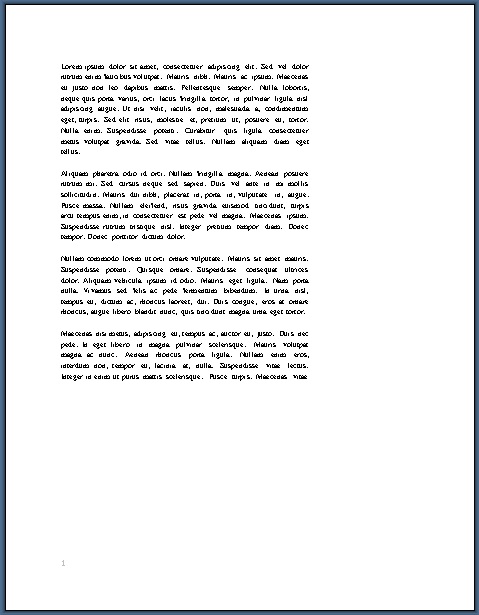We often find ourselves commenting on students’ writing and acting as editors rather than critical readers: we indicate line-level edits, such as missing commas and poor word choices– as if fixing the mechanical errors would make the paper acceptable. In reality, most student papers we see are first drafts, often written the night before the assignment is due and unedited by anyone, including the author. (See my post concerning the design of assignments, coming soon.)

Most of us have students submit work in manuscript format: one inch margins on all sides, double-spaced. This format invites us to comment in-line and act as editors, when really we should be reading and commenting at the level of concepts! If a paper doesn’t have a theme or defined structure, fixing all of the commas and dangling prepositions will not make it better. Marking up the student’s paper to indicate corrections like comma use gives them the false idea that fixing those minor things will make it a better or acceptable paper.
We need to provide the right type of feedback at the right time. First drafts shouldn’t be edited for mechanics; they should be read for concepts. Comments on later drafts, as work approaches completion, can focus on mechanics, which can often be addressed by peer-feedback.
To re-enforce this for both students and myself, I have first drafts of student papers submitted using single-spacing and very large margins: three inches right and four inches bottom. This format is easy to achieve using modern word processing software, leaves plenty of room for me to write concept-level feedback on each page, and deprives me of the inter-line space needed to offer mechanical corrections!
I ask students to submit their final papers (after one or more rounds of re-writing) in standard manuscript format: one inch margins and double spaced.